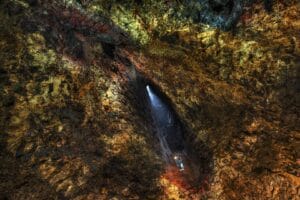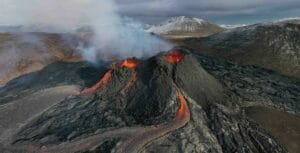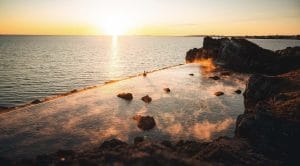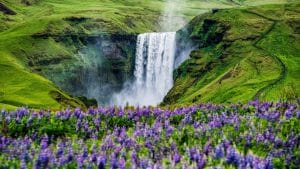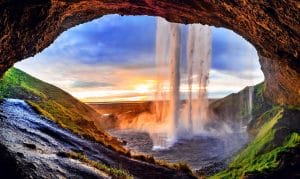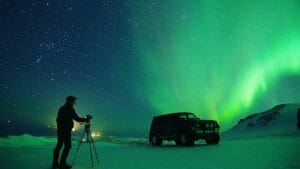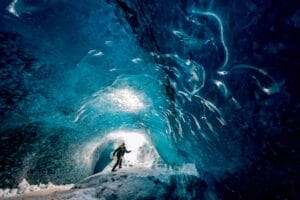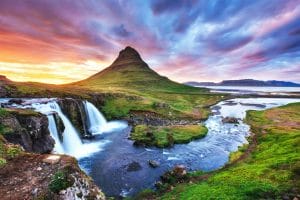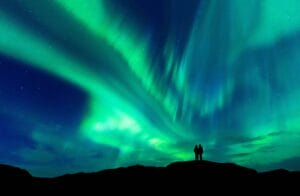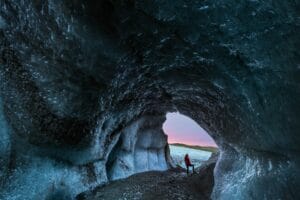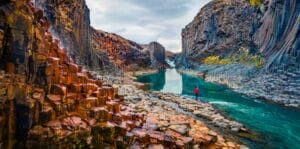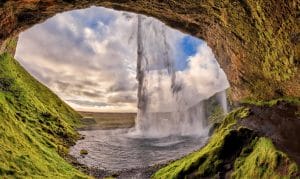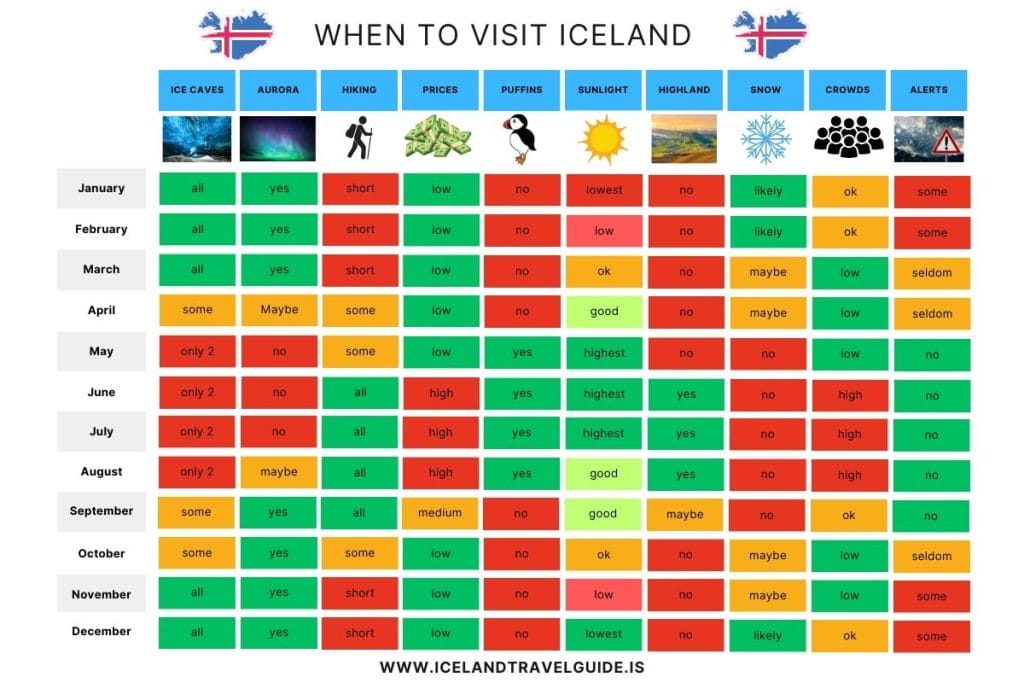
Iceland is one of those few countries where one kind of weather seems to persist in milder or intense phases without changing much over the year. While the weather may not change a whole lot, some changes are significant enough that gives every season its own special thing. Just like Spring is the best season to visit Japan if you want to see the cherry blossoms and England has other-worldly glory in the fall season, Iceland also has a certain special time when it is best to pay a visit if you are planning to spend your vacation on this land of ice and fire.

The Best Season – Is There Only One?
One may think that when it comes to visiting a foreign country, there is only one span of time when you can enjoy everything special that there is to. While that may be the case for a few places in the world, Iceland swings the other way. Depending on what activities you have in mind, every season in Iceland can be the best season to visit it. So, what you need to do is to know which activity can be enjoyed in each season so that you can make an informed decision and choose the best season for you to visit the country of volcanoes and glaciers.
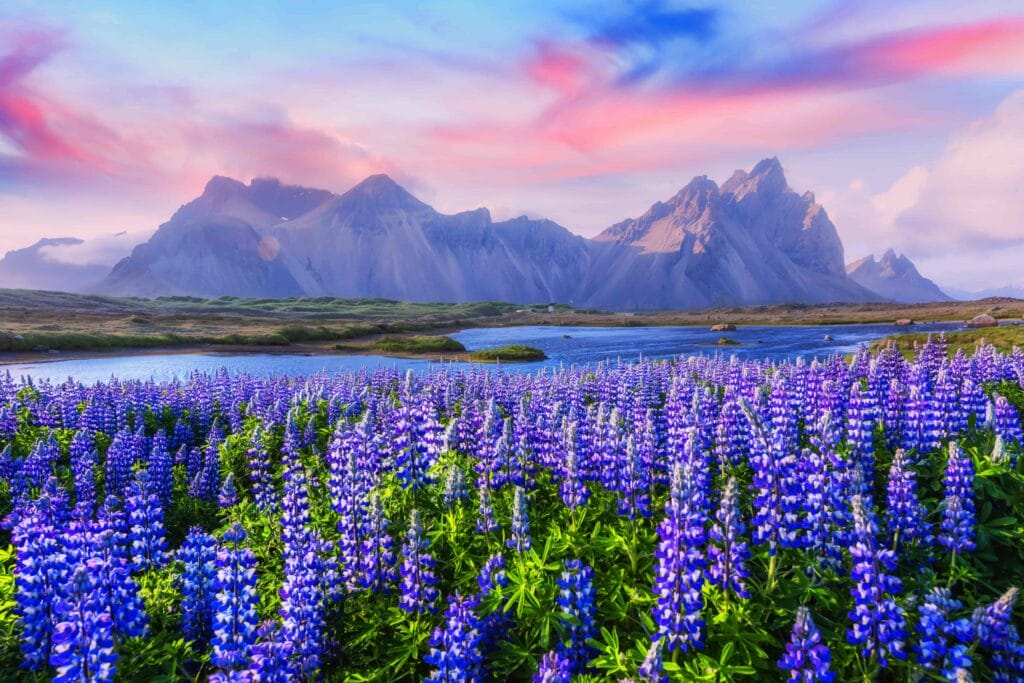
Summer Season in Iceland
Generally, the summer season is said to be the best season to visit Iceland and it gets the greatest number of tourists as well. The reason is simple – milder weather and accessibility to more places in the country as compared to other seasons, especially winters. The summer season in Iceland is quite short beginning from the end of May or early June and lasting through late August and sometimes early September.
The highest temperature that you will experience in the summers of Iceland is around 20°C or 68°F while the average lowest temperature has been recorded at about 9°C or 48°F. High winds are a common occurrence in the summer season along with rainfall and snowfall. The southern parts of the country are the ones with the most unpredictable weather conditions and also the ones that get the most amount of precipitation. Days are incredibly long-lasting an average of 21 hours with June bringing in the summer solstice – the day with the greatest number of daylight hours.
Summer is the season of relaxation and travel in Iceland – even for the locals. Many paths and routes open up after being closed for months due to winters and many people set out to do some exploration of their own. You will find many locals coming out of their homes and enjoying the sunlight on their porches, parks, and gardens or taking a dip in the local swimming pools. Note that Iceland has a supply of naturally heated water so even if the cold weather persists in summers, it is safe and rather enjoyable to take a dip in the soothing warm water of the pools and springs. Let us look at some of the top activities which are in full swing during the summer season and shall help you make a decision.
Summer Special Delights
The Midnight Sun
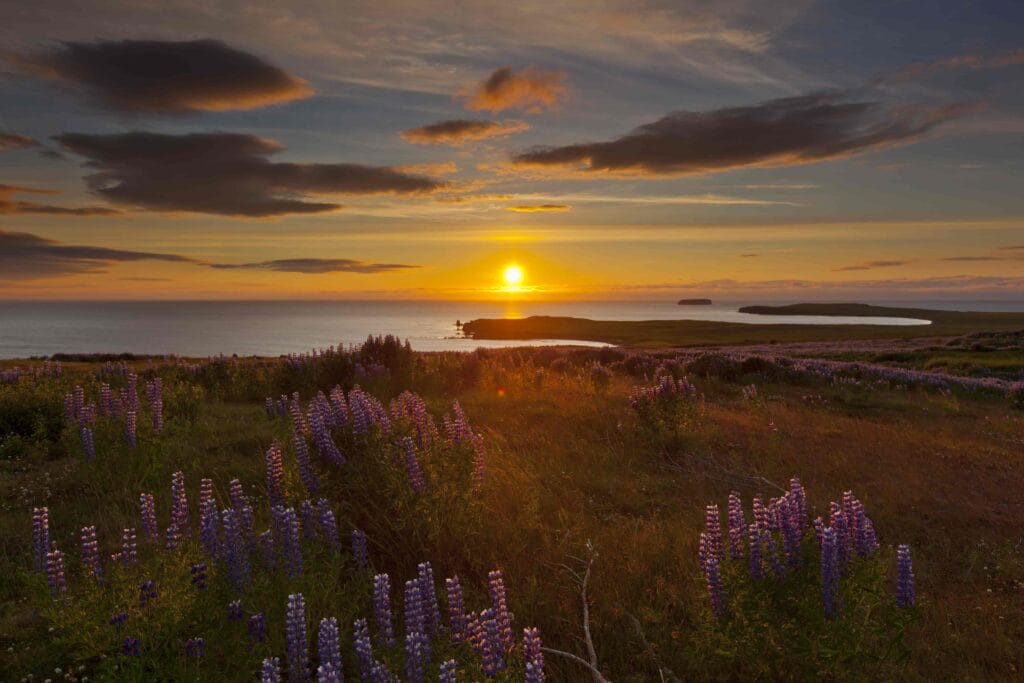
Probably the greatest attraction of the summer season in Iceland, the midnight sun is one of the most spectacular natural phenomena that Iceland can proudly boast of. While summers in Iceland are very well-lit and there are only about 5 hours of darkness at maximum, the peak of the summer season is the only time when you can experience the midnight sun. June is the peak month to get a view of the midnight sun in Iceland, especially around the summer solstice which falls around 20th-22nd June.
Another phenomenon similar to the midnight sun that you can experience in the summer season around the appearance of the midnight sun is the civil twilight. This phenomenon is known as civil twilight which is referred to as the time of the day when the sun is just a few degrees below the horizon but does not set fully. This spreads beautiful red, orange-pink, and sometimes purple-colored hues in the sky with plenty of daylight to function as if it is the first hour of noon. Every hour of a summer day in Iceland can be your golden hour and is a photographer’s heaven.
Glacier Hiking
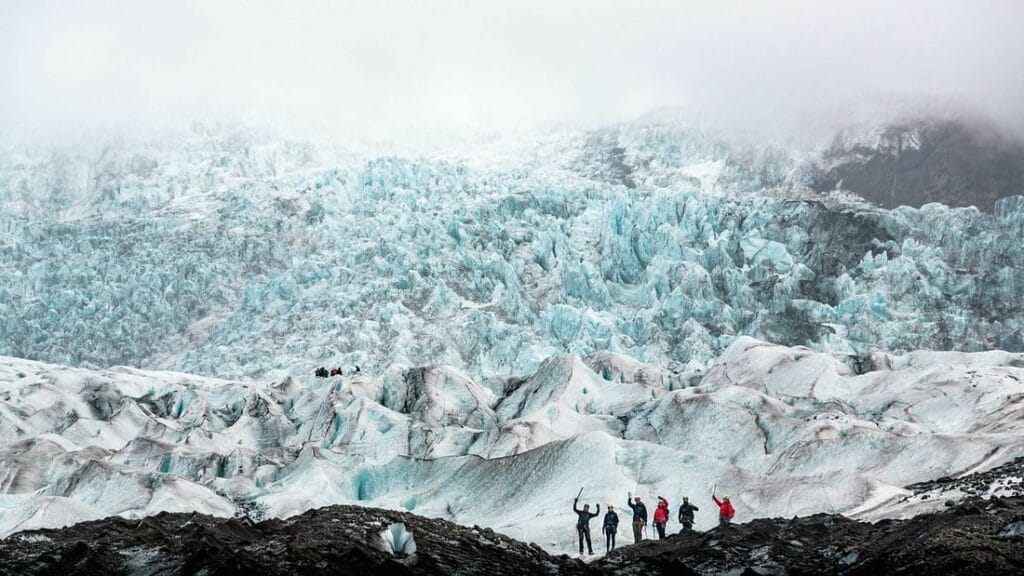
Glacier hiking is one of the most popular activities in Iceland among tourists as well as the locals. Even though glacier hiking sounds like an activity that can be properly enjoyed in the winter season, which it is, the summer season also brings a fun little twist of its own. Summer season opens up almost all glaciers in Iceland along with other hiking trails which are generally closed of in another season due to weather conditions which means that you will have plenty more options in front of you to choose from. The top places for hiking in the summer season includes the Sólheimajökull glacier, Langjökull Glacier the second largest glacier in Iceland also known as ‘the long glacier’, Skaftafell Glacier, Snæfellsjökull Glacier, and Vatnajökull glacier – the largest glacier in Iceland and Europe also known as ‘the water glacier’. Along with hiking, you can try glacier walking and volcano hunting in the summer season along with paying a visit to beautiful glacial lagoons.
Highlands
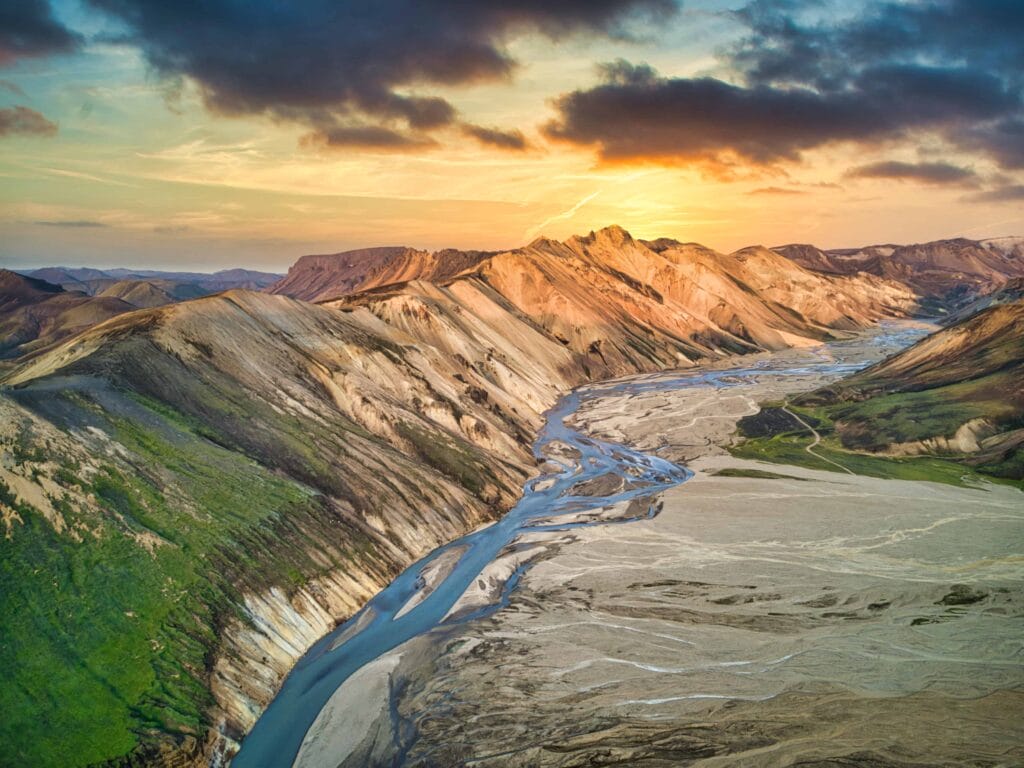
The most challenging of all the different kinds of landscapes on the land of ice and fire – the highlands are for thrill and adventure lovers. Even when the weather is at its best in the rest of the country, highlands stand to pose a challenge to the people who decide to visit. The geology of Iceland’s highlands consists of steep mountains, deep gorges, valleys. Geothermal pools, hot springs, craters, some of the most notorious volcanoes, hiking trails, valleys, and powerful rivers.
The summer season is the best time to visit the highlands of Iceland. Some of the top things that you can do in the highlands include hiking on the Laugavegur Trail, hiking or horse riding in the Thorsmork valley, visit mount Kverkfjoll, go to lake Hvitarvatn at the eastern edge of the Langjokull glacier and the Kerlingarfjöll rhyolite caldera. If you are a fan of hot pools and springs, the pool of Landmannalaugar is a great place to be, and not to mention, the scenery is beautiful beyond comprehension. Landmannalaugar is primarily popular as a trekking area so you may find a lot of other fellow visitors in the area.
Festivals
Some of the largest festivals and events of Iceland take place in the summer season including the huge music fest – the Secret Solstice which takes place in July. There are so many festivities to enjoy when visiting Iceland in summers and get a taste of the traditional ways and culture of the country along with popular music, arts, and cuisine. Verslunarmannahelgi, the several-days-long bank holiday of Iceland that falls either on the first weekend attached to august or the last weekend of July is the largest camping holiday in Iceland.
People drive to the south coast to catch a ferry to the Westman Islands and other popular locations for camping. The festival in Westman Islands is the most popular festival of the summer and is called Þjóðhátíð. The festival takes place in the Westman islands every year. Other interesting festivals are the Danish Days in Stykkishólmur, Lobster Festival of Höfn í Hornafirði, The Big Fish Day in Dalvík, Reykjavík Pride, Culture Night in Reykjavík, Braedslan Music Festival, LungA Art Festival in Seyðisfjörður, and Reykjavík’s Art Festival.
Bird and Whale Watching
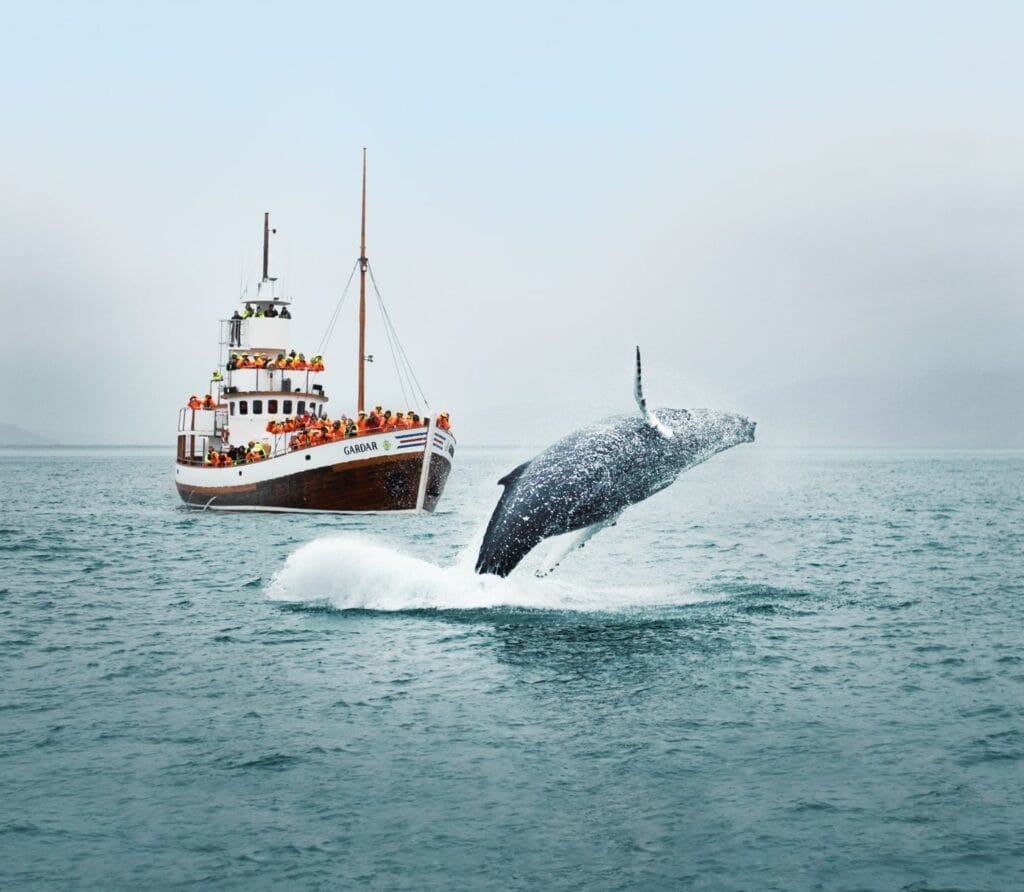
Migratory birds like Atlantic Puffins come to Iceland in the spring season and till the end of summer. Their main purpose is to nest and breed in the country and then fly back. This makes the summer season the ideal time for bird lovers to spot some incredibly beautiful little birds relaxing in their natural habitat. Some of the main species that you can spot in the country during the summers apart from the puffins are Arctic Terns, Great Suka, White-Tailed Eagles, Golden Plovers, Great Auk, and Rock Ptarmigan.
The same is the case with whales and dolphins. While some species can still be seen in late fall and winters, the summer season is the best time to go whale watching in Iceland. You can easily spot mink whales, fin whales, blue whales, killer sharks, humpbacks, white-beaked dolphins, sperm whale, bottlenose, harbor porpoises, and orcas. The summer winds are calmer and it is less likely that your tour will get canceled or postponed in the summer season.
Winter Season in Iceland

The second and longer-lasting season of the two main seasons, winters in Iceland is extremely cold which is probably why tourists visit Iceland more often in summers. The winter season starts to show up around mid-October. Winters days have as many dark hours as the summer days have daylight hours. Sun doesn’t come up completely and the place only gets about 4-5 hours of daylight out of 24 hours of the day during the high winter in December and January.
The maximum average temperature in the winter season stays at around 0°C or 32°F while the minimum average temperature falls off to about -10°C or about 14°F. Rainfall is not a very likely possibility in the peak of the winter season but late October and early November get a bit of precipitation in the form of rainfall. Needless to say, months like December and January are well-laden with snow which gives you an almost-guaranteed white Christmas.
Many paths, routes, and attractions, like the highlands, are closed off in winters which makes it quite difficult to travel to places which are prone to have bad weather. But there are many attractions which are exclusive to the winters like ice caves and the most important one – the northern lights. Not only that, since tourists do not visit Iceland in the same intensity as the summer season, you will have a crowd-free space that is available mostly you only allowing you to spend a very peaceful time. Let’s explore some winter special attractions of Iceland.
Winter Delights in Iceland
Aurora Borealis

Northern Lights are probably the one thing that comes to mind after snow and volcanoes when you hear the name “Iceland”. Needless to say, many tourists visit Iceland just to get a good view of the northern lights and click some of the most amazing pictures of their lives. The northern lights are a natural phenomenon that occurs when the particles released from the sun interact and react with the gases present in the atmosphere of the earth. Reaction with each kind of gas releases a unique color for example reaction with oxygen creates blue and green colored light which is the most common color. The best conditions to see northern lights include complete natural darkness, zero light pollution, and a crystal-clear sky.
Ice Caves

Iceland’s ice caves are very unique as they meltdown and get formed-up every season which means that you get to see a newly made structure every single time you visit an ice cave, fascinating, right? Most of the ice caves in Iceland only form in the winters which makes it impossible to visit them in the summer season. Ice caves of Iceland feature different kinds of ice and ice sculptures including crystal blue ice, milky white ice, unusually colored ice, and sculptures like white mixed with azure and black ice. Some of the most famous ice caves include the black ice cave of Katla, crystal ice cave of Vatnajokull, man-made ice cave of Langjökull glacier, and the ice caves in Svínafellsjokull in Skaftafell Nature Reserve.
Christmas and New Year’s Eve
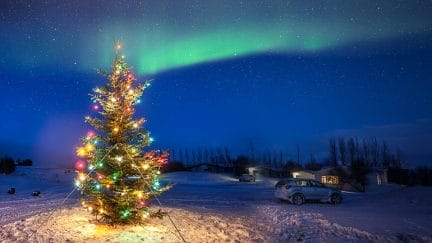
Iceland is becoming more and more popular for its exceptional Christmas and New Year’s Eve ad New Year’s Day celebrations. Christmas celebrations last for about 26 days in Iceland and there are 13 Santa Clauses in the picture.
New Year’s celebrations are on the same level of uniqueness and excitement as one of the biggest fireworks show in the world and the best part is it is not coordinated. Icelanders buy their fireworks and set them off at the same time as the clock strikes 12 in the night. Along with that, some parties last all night long, after-parties that go on till 8 or 9 o clock in the morning, balls, and fancy dinner that you can attend to celebrate the arrival of the new year in Iceland.
Autumn and Spring in Iceland
More like semi-seasons, both spring and autumn in Iceland are quite pleasant. Spring starts from the end of March and continues till May-end. Icelanders celebrate the first day of summer on the first Thursday after the 18th of April but technically it really is the beginning of Spring in Iceland. Migratory bird-like Puffins, Golden Plover and Artic Terns start to arrive in the country in the summer season along with migrating whales and dolphins. The average temperature in the spring season stays around 0-10°C (32-50°F) and you will likely see some precipitation in form of rain and snow in the south. Southern parts of the country, as always, get most of the rainfall while the northern parts of the country are much drier. You can see flowers blooming all over the country now and the air has a fresh new smell in it. There is a slight chance of catching the northern lights in the spring season.
The Autumn season begins in September and lasts till mid or October-end. The temperature stays around 0-10°C (32-50°F) in the autumn season as well. The autumn brings a gorgeous hue of autumn colors like orange, red, and brown mixed with green in the landscape which is a sight to watch. There is a chance that you will get to see the first snowfall of the year as well as the first appearance of the northern lights. The only drawback could be the likely wet and windy atmosphere of the country. Birds start to fly back south in the autumn season but you still have caught them in September. There are several festivals that you can enjoy in autumnfor example the Reykjavík International Film Festival, Night of Lights, Tango Night, Sláturtíð, Everybody’s Spectacular, and Frostbiter Horror Film Festival.
Both Spring and Autumn have their own charm. These seasons are usually lower in tourism so the most popular destinations are less crowded. This also means that the prices are usually lower on accommodations and car rentals. In Autumn and early Spring you also have a great chance of seeing the northern lights. September has actually been one of the best months to view the northern lights in the past couple of years.
As evident, the perfect season to visit Iceland can be decided on the base of activities that you would want to experience when in the country for example, if you would very much like to see the midnight sun through the cascading water of a waterfall then summer season is the best season to go with, on the contrary, if northern lights, ice caving, horse riding through the snow, skiing and taking a dip in hot springs amongst a landscape filled with snow are on your list then winter or autumn season is the best time to visit the country. Regardless of the season you choose, there is one thing guaranteed – you will have the time of your life and an amazing holiday with a lot of fantastic pictures.

